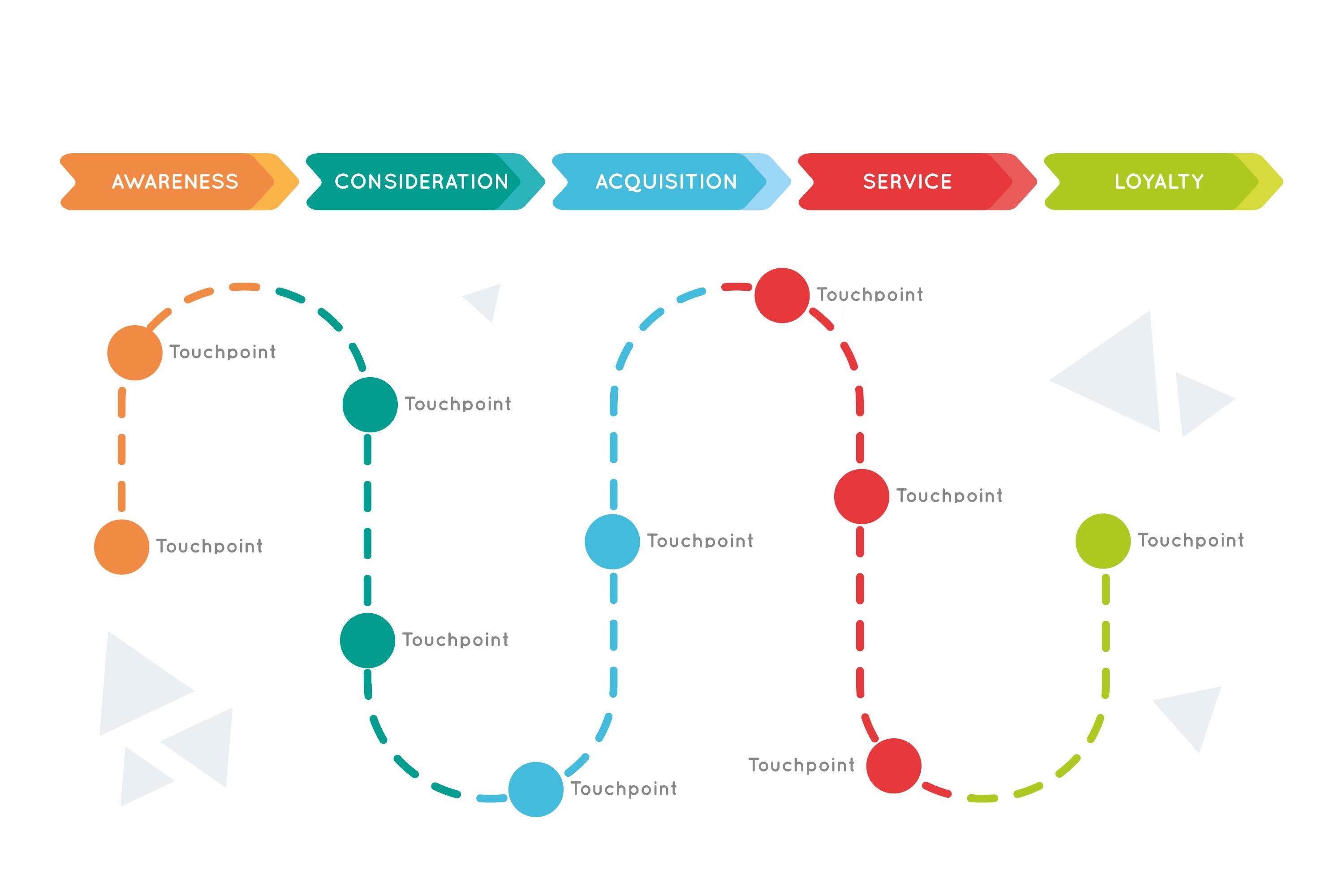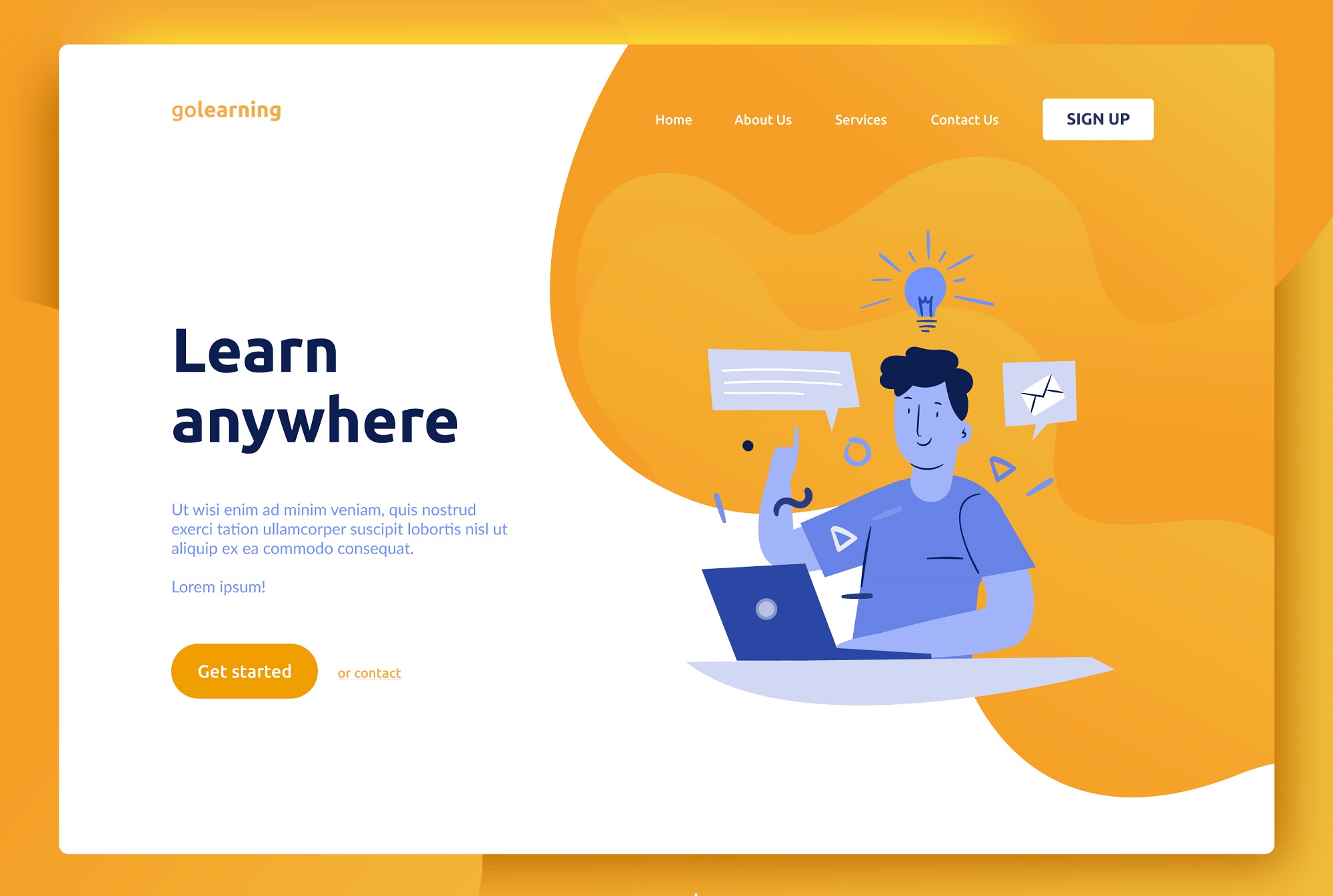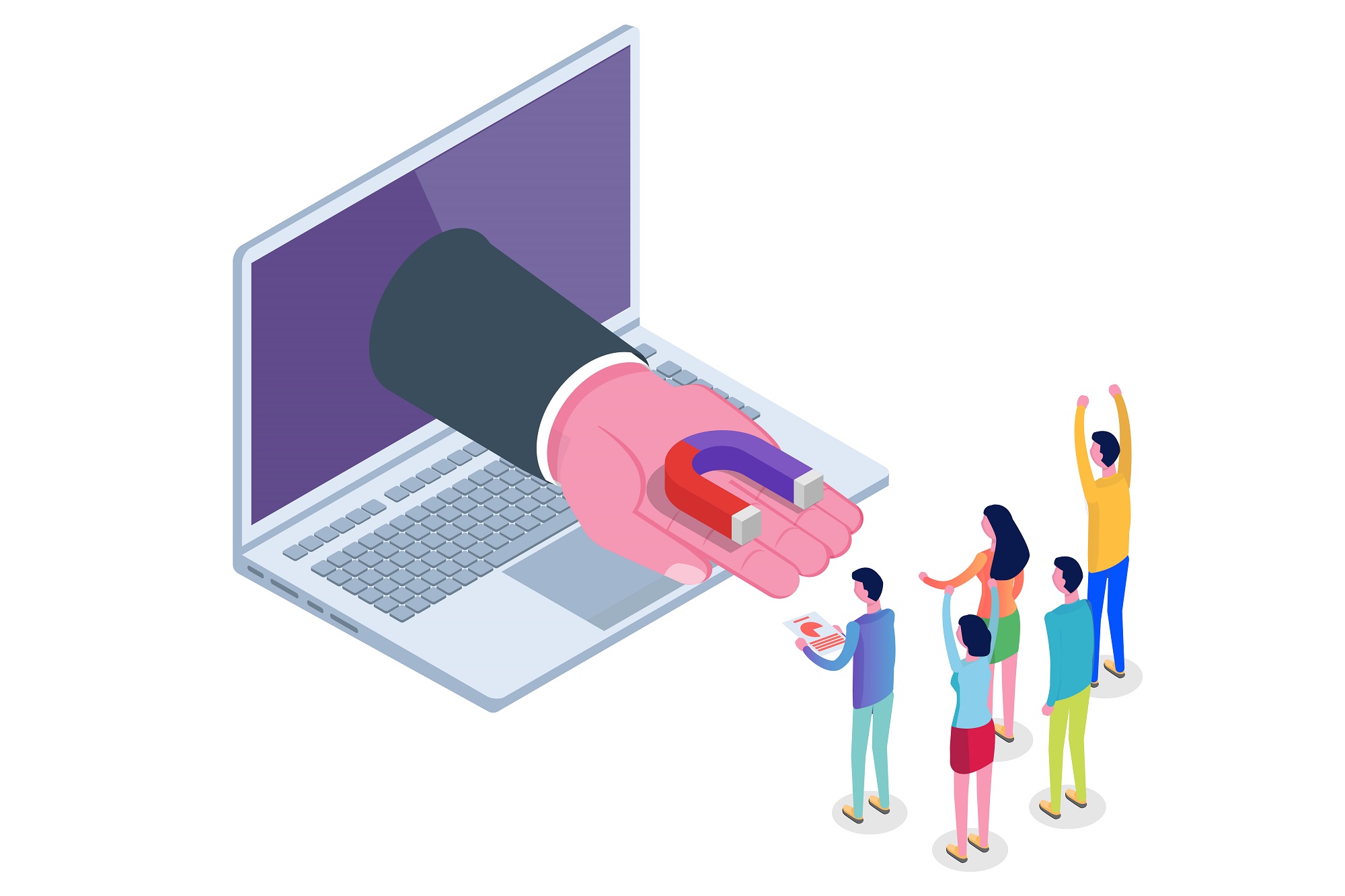Lead Generation Funnel: What Is It? How to Create a Funnel?
Sales departments need leads. Without them, they have nobody to sell to. This simple fact makes lead generation one of the most important parts of many sales campaigns.
But, how are leads generated?
One of the most obvious answers is to advertise. Prospects see your ad, click on it, go to your website and buy something. Easy, right? If only it was that straightforward.
Around 96% of visitors who come to your site for the first time are not ready to buy yet. They might just be browsing or are maybe looking with a view to buying later. They might be weighing up their options and wondering if they should choose your solution or they are just looking for information. We could go on listing the reasons, but the list would end up being very long.
So many of your visitors are not ready to buy yet means you need to work with them. You need to work with them and nurture them until they are ready to buy something from you. When the time is right, and only when the time is right, do you go on for the sale.
A lead generation funnel can be very effective in helping you work with your leads so you can prepare them for a sale.
Lead Generation funnel for sales
A sales funnel is a workflow that takes your leads through the process from the time of your first contact with them to the customer acquisition. The general idea is that you pour leads into the top of the funnel, work with them as they pass through the funnel, and customers come out from the other end. The majority of the leads you pour into the top of the funnel will never make it out of the other end, leaking out of the sides instead, but a lead generation funnel will still improve sales considerably when done right.
Below is a brief guide on how to create a lead generation funnel yourself
Map Out the Customer Journey
Mapping out your customer’s journey through the funnel will help you understand what you need to do to turn leads into customers. Try and find information like what turns people off and what questions they need answered before making a positive decision.

Your lead generation funnel can be altered as you get more information. Use tools like Google Analytics to see where you are losing people in your funnel and the bounce rates of your landing pages. Making small adjustments will sometimes bring big differences in results.
Create Great Content
Any marketing campaign requires content and, the better the content, the more successful. Content can mean anything from blogs and articles to videos and music. Your content should be created to educate your leads, while it should also be interesting enough to keep the attention of your visitors. Use your content to answer questions and demonstrate how your product can solve problems and make life easier for the lead. When creating content, always keep the customer journey in mind and make sure the content ties in with every step of the journey.
Create Landing Pages
Your landing pages are those where your leads will first arrive after clicking on an ad or other link. They are the first real point of contact with your company, so the landing page needs to quickly get the message across. Landing pages will also often use opt-in forms that allow leads to hand over details like their email address.

Create Lead Magnets
People are unlikely to hand over their details without a good reason, meaning you should create what’s known as a lead magnet. A lead magnet is a piece of content that you can offer in exchange for somebody choosing to hand their details over. They can come in a variety of forms, with one of the most common being an eBook. Once you start getting traffic, your lead magnet will help you start building a database.

Drive Traffic
When you’re ready, it’s time to start bringing in the traffic. Perhaps the most popular method is to use Pay Per Click (PPC) advertising because it’s relatively affordable and starts driving traffic instantly. Other methods include content marketing which means creating quality content that gets shared across the internet and drives clicks your way.

Image Source: ezoic.com
Run Drip Campaigns
As leads start to sign up, the next step becomes nurturing the leads. A drip campaign is a marketing method that that involves interacting with your leads according to where they are in your funnel. Invest in marketing automation software that will allow you to segregate your leads into different categories, and enable you to monitor their behaviour. Send them content that corresponds with their behaviour and helps to answer any reservations they might have. The drip campaign should be designed to help guide them through the funnel until it’s time to go in for the sale. The entire process can be automated, with the software sending content at appropriate times according to pre-defined criteria.
Go For the Sale
Once your leads are ready, sales can take over. The information you get from your lead generation funnel will help you understand when your leads are likely to be ready. For instance, your marketing automation software can tell you that somebody has been spending a lot of time on your product pages. Depending on the nature of your funnel, this could be a clear sign that the lead is ready and that it’s time to approach them with an offer.

Approaching leads at the right time, with the right offer, makes it more likely that they will accept your offer. Waiting for the right time also makes it less likely you will scare them away altogether.
Conclusion
Creating a lead generation funnel may sound a little daunting at first, but the basic principles are fairly straightforward. The brief guide above gives you the overall idea of how a lead generation funnel can be beneficial to you, and how one can be made even by novice marketers. The difference it will make to your revenue will make the extra effort very much worthwhile.
Sell more, understand your customers’ journey for free!
Sales and Marketing teams spend millions of dollars to bring visitors to your website. But do you track your customer’s journey? Do you know who buys and why?
Around 8% of your website traffic will sign up on your lead forms. What happens to the other 92% of your traffic? Can you identify your visiting accounts? Can you engage and retarget your qualified visitors even if they are not identified?



